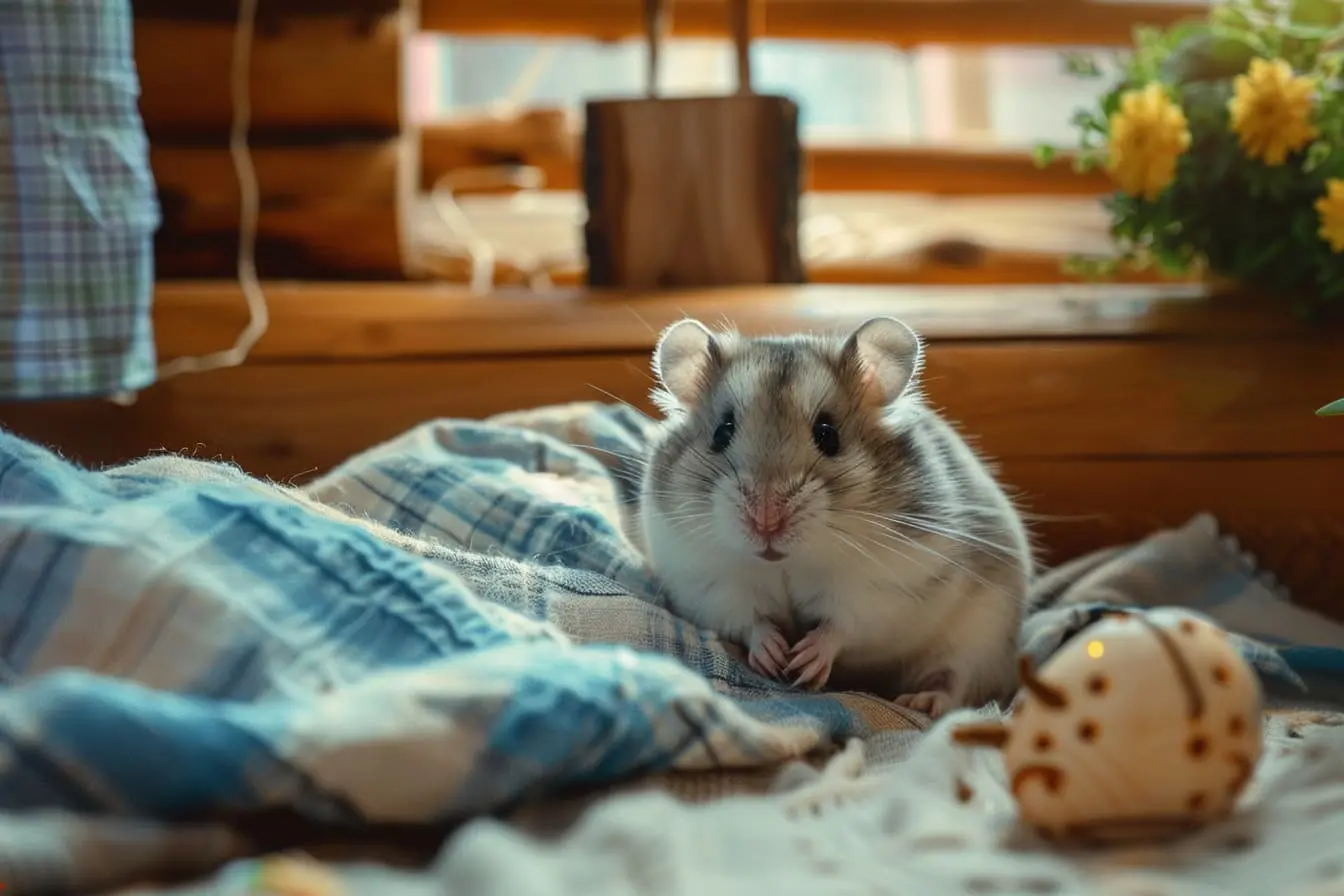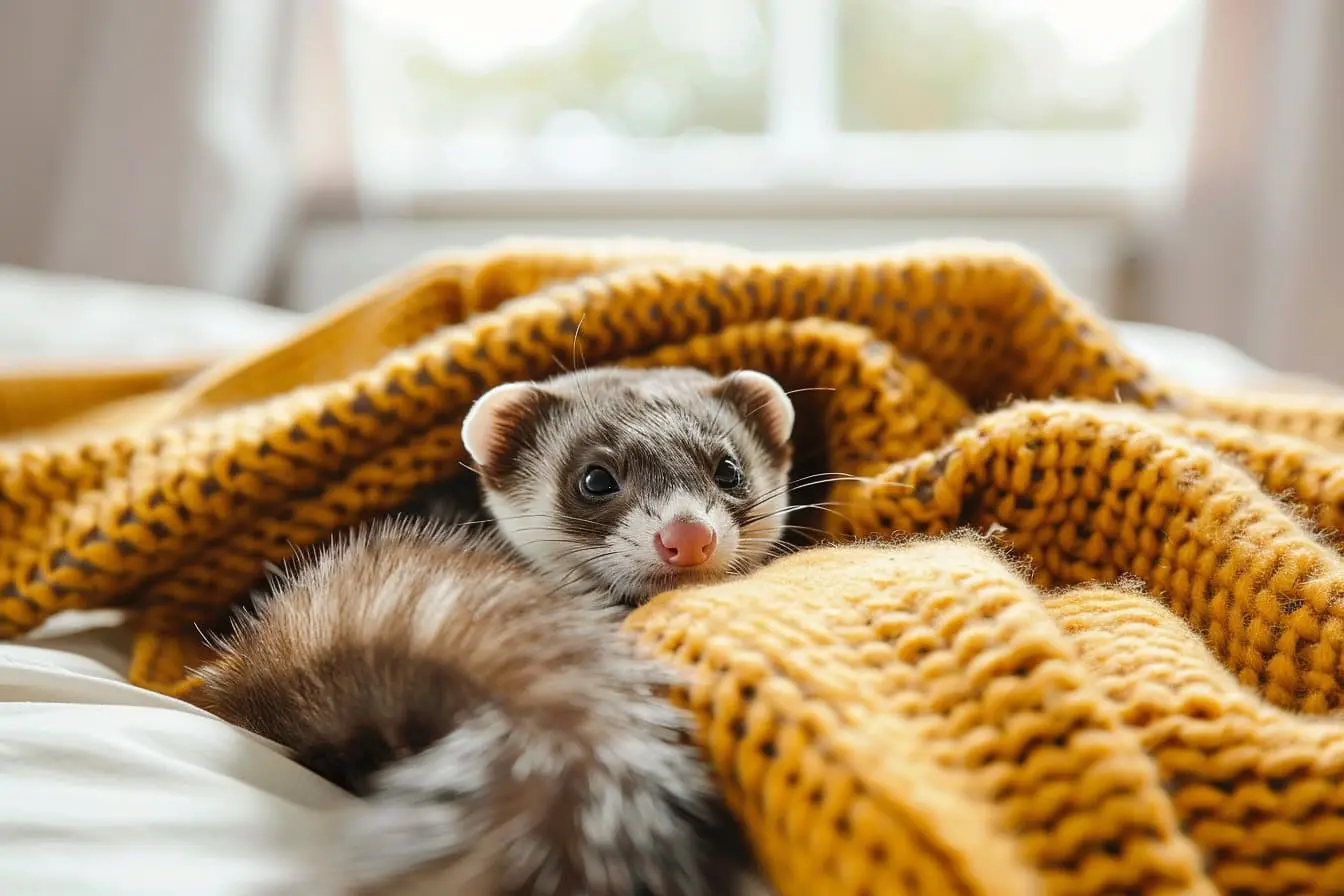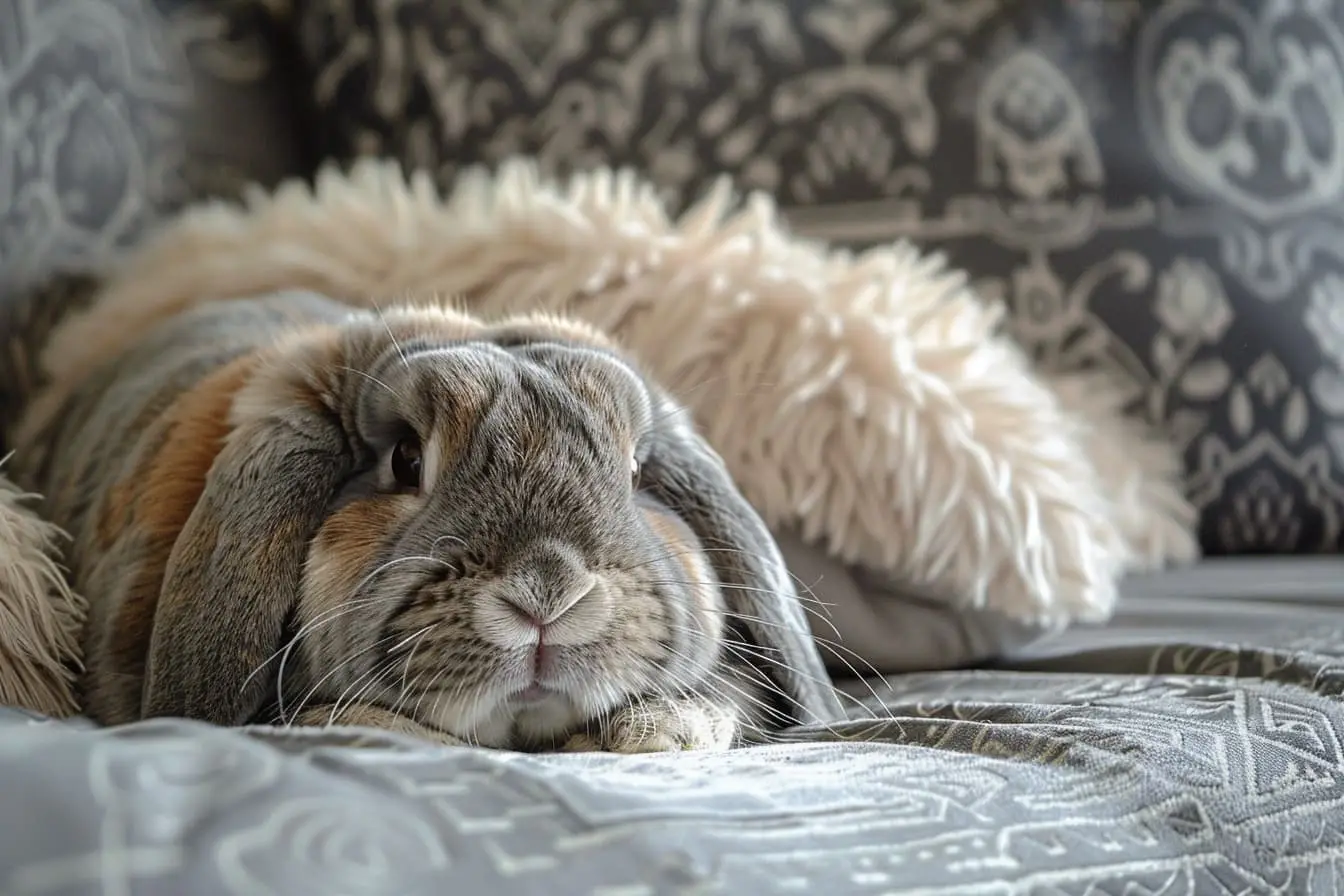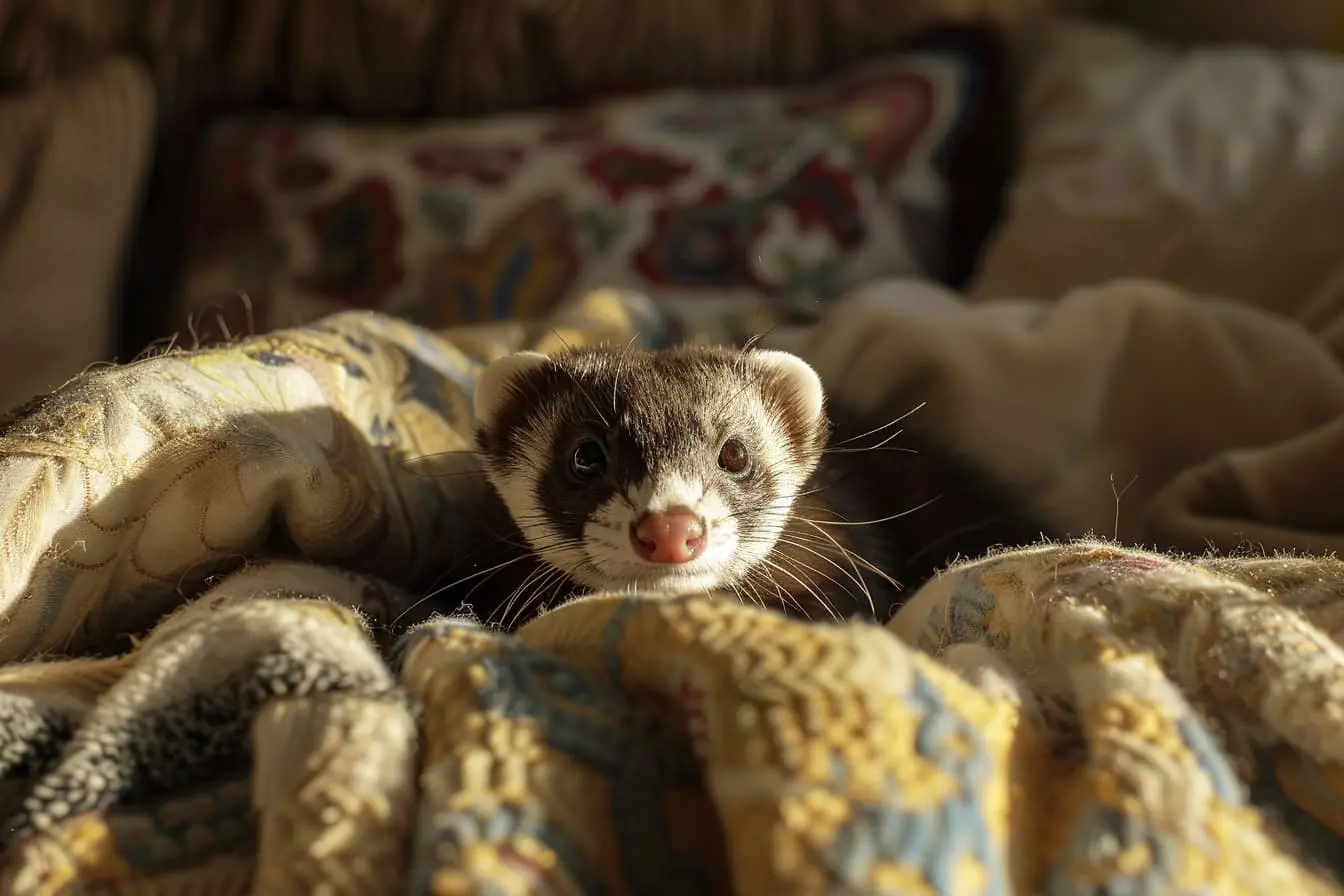
The Essential Guide to Hamster Grooming for New Owners
Adopting a hamster brings a bundle of joy and energy into your home. As a new pet owner, it's important to understand the grooming needs of your tiny companion to ensure their health, happiness, and overall well-being. Hamster grooming is simpler than that for many other pets, but there are still essential practices you should follow. Here's a comprehensive guide to keeping your hamster groomed and glowing.
Understanding Your Hamster's Needs
Hamsters are naturally clean animals, spending a significant amount of time grooming themselves. However, as a responsible pet owner, there are a few grooming tasks you can undertake to support their self-care routine.
Regular Coat Checks
Regularly checking your hamster's coat is important, especially for long-haired breeds like the Syrian. These checks help you spot any dirt, tangles, or signs of parasites. While hamsters typically manage their fur well, offering a soft brush can help remove loose fur and prevent matting in longer coats. For short-haired breeds, this may only be necessary occasionally.
Sand Baths: The Hamster Way to Clean
Hamsters originate from dry environments and instinctively clean themselves with sand baths. Providing a shallow dish of chinchilla sand (not dust, as it can cause respiratory issues) will allow your hamster to roll around and naturally remove grease and dirt from their fur. It's a joy to watch and a crucial part of their grooming routine.
Nail Care: Less Often Needed
Hamsters typically wear down their nails through normal activity, especially if their habitat includes various textures and items to climb on. However, if you notice your hamster's nails becoming overgrown, a vet can trim them for you. Attempting to trim the nails yourself is not recommended due to their small size and the risk of injury.
Eye and Ear Care
Keep an eye on your hamster's eyes and ears during your regular checks. Their eyes should be clear and bright. Any cloudiness, discharge, or crusting could indicate a health issue, and you should consult a vet. Ears should be clean and free from discharge or excessive wax. Use a soft, dry cloth to gently wipe away any dirt if necessary, but avoid cotton swabs or anything that could enter the ear canal.
Dental Health
Hamsters' teeth grow continuously throughout their life, so it's essential they have access to appropriate chew toys and food that helps wear down their teeth naturally. If you notice signs of overgrowth or misalignment, consult your vet as dental issues can lead to feeding problems.
Avoiding Wet Baths
Unlike other pets, hamsters should not be given wet baths. Water can strip their fur of essential oils, and the stress of bathing can be harmful. If your hamster gets into something sticky or dirty, consult a vet for the best course of action rather than resorting to a bath.
Creating a Grooming Routine
Incorporate these grooming practices into a routine that suits your hamster. Night-time, when hamsters are most active, is ideal for grooming activities. Always be gentle, and use grooming time to bond with your pet, offering treats and soft words of encouragement.
Final Thoughts
Grooming your hamster is not only about maintaining their physical appearance but also about ensuring their health and comfort. By understanding and respecting their natural grooming behaviours and providing support through routine checks and the provision of a sand bath, you can help your hamster live a happy and healthy life. Remember, the key to successful hamster grooming is to work with their natural instincts, not against them, and always consult a vet if you're unsure about any aspect of their care.
Vets near you
Speciality vets
- Aquatics vet specialists
- Birds vet specialists
- Camelids vet specialists
- Cats vet specialists
- Cattle vet specialists
- Deer vet specialists
- Dogs vet specialists
- Equines vet specialists
- Exotic vet specialists
- Goats vet specialists
- Pigs vet specialists
- Poultry vet specialists
- Sheep vet specialists
- Small Mammals vet specialists
- Wild vet specialists



